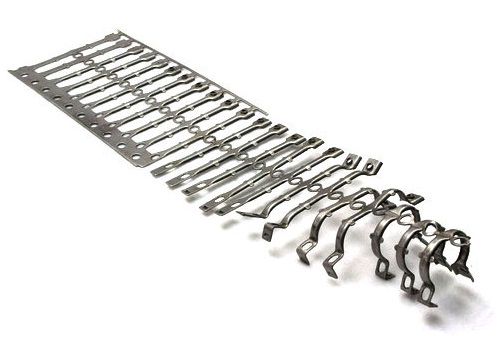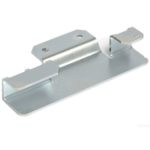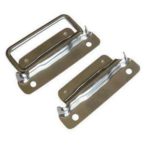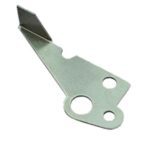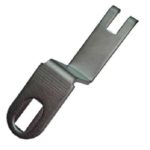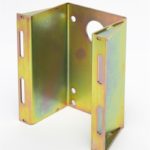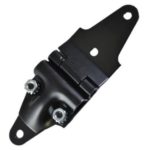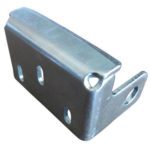Stamping Steel Prodcuts: Manufacturing in our Vietnamese Factory
Introduction
At our Vietnamese factory, precision of stamping steel components is important. When it comes to making good steel components, metal stamping is mostly the process to follow. Let’s dive in the world of steel stamping and naming production steps like blanking, progressive tools, and single mold production.
Metal Stamping Steel Process
With metal stamping you start with a metal sheets or coils and press out precisely shaped parts. By applying the correct force and pressure with dedicated tooling, we manufacture diverse forms, including bends, curves, cutouts, and embossing. In the steps below we explain how it works:
- Blanking: In this first stage, a stamping mold separates a portion of the sheet or coil along a specific shape. You can compare this with a cutter to cut out shapes from dough. Blanking creates the part inside the closed shape.
- Progressive Tools: For production of higher production batches, progressive stamping is mostly preferrable. It performs multiple operations in one stroke, which results in up to 1,500 parts per minute. The progressive die optimizing material usage and saves time and productionsurface for machines.
- Single Molds Production: For smaller batches, single-process molds are ideal. This could also be a decion maker when you don’t want to invest a lot of money in progressive die set molds. Even in small quantities you can produce parts with a stable and high quality, compound which are realized with progressive dies. Stamping steel with a single mold is sometimes the only possiblity, because the parts will be too big for progressive stamping machines. therefor you can invest in cheaper molds, but have a longer processing time, because multiple seperate stamping steps are needed on the same product. Large sizes benefit from single-process or composite molds.
Quality & Design Aspects of Stamping Steel
- Material: make sure that you choose the correct metal sheets or coils which are needed to cover the required mechanical properties (strength, ductility), corrosion resistance, conductivity, and cost of your product.
- Tooling Preparation: Good designed molds, machine size and direion of material feeding are very important. the use of CAD and CAM software support a lot to realize the right design and mold materials. Use specialized fabricated tooling and jigs (blanking dies, forming dies, piercing dies) to support material flow during stamping.
- Blanking tolerances: To achieving precision blanking dimensions is essential. Use of correct clearance, material flow-, and guidence are critical to realize stable dimensional accuracy.
- Waste extraction: To ensure a stable flow of production it is very important to guide waste and scrap the right way during the stamping process. This means that it could be required to implement extra steps to extract scrap on a forced direction to ensure stability in the stamping steel process.
Conclusion
With stamping steel products you have to combines engineering for part, mold and production steps on the right follow order. Whether you’re creating automotive components, hardware, electronics, or industrial parts, mastering the stamping process ensures quality, efficiency, time saving and cost-effectiveness. Our Vietnamese factory’s expertise in metal stamping supports in all of these steps through the whole process.
Remember, every stamped part has it’s own mold and production method. With our factory’s commitment to operational excellence we help you to achieve affordable products.

